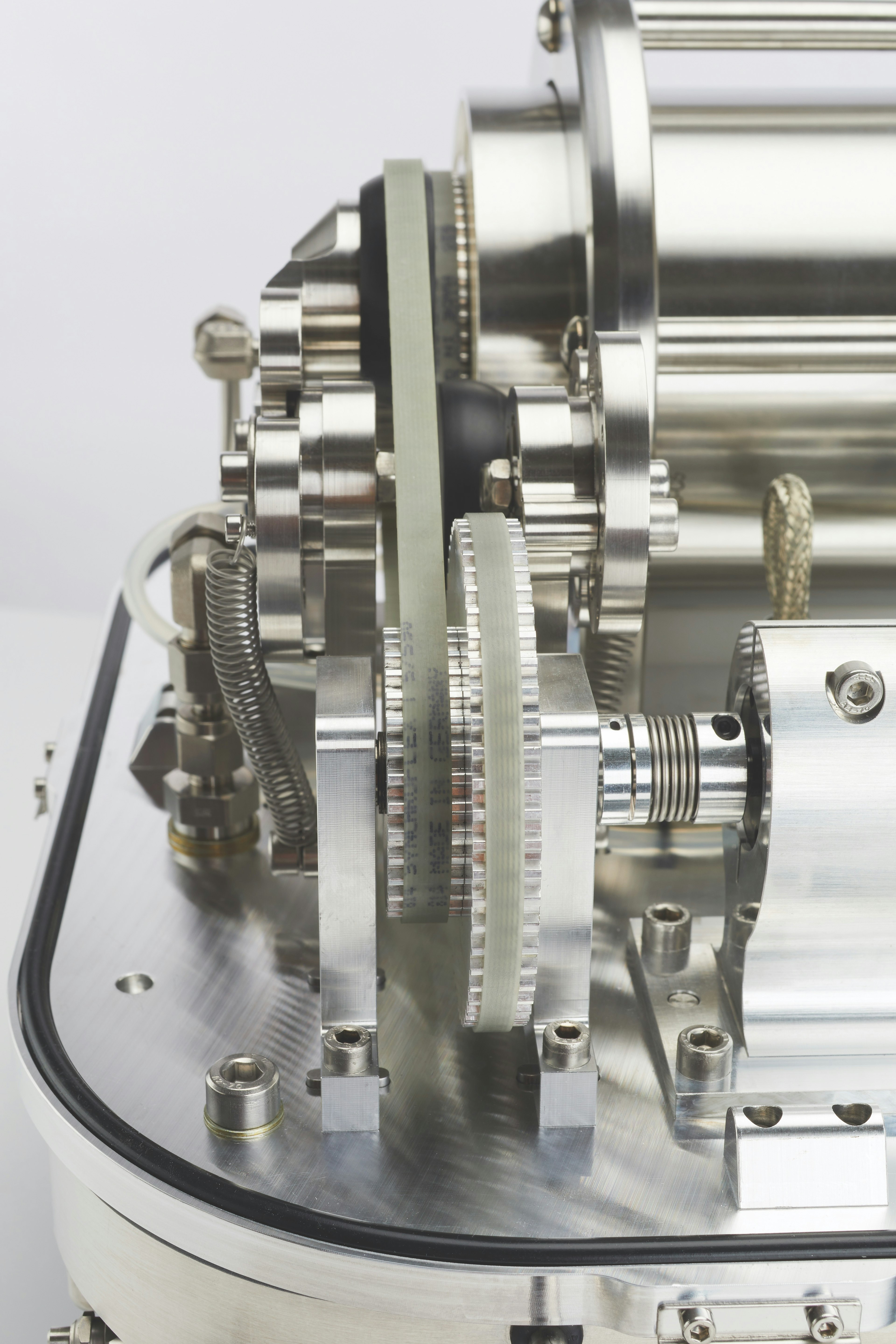CPMA Animation
CPMA Principle
The CPMA’s classifier consists of two concentric rotating cylinders, with a variable potential difference between them. Particles which have a higher mass:charge ratio than that selected precipitate on the outer cylinder. Particles which have a lower mass:charge ratio than that selected precipitate on the inner cylinder. Particles which have the selected mass:charge ratio follow a trajectory through the classifier.
Crucially and uniquely to the CPMA, the cylinders are rotated at slightly different speeds. If the cylinders rotated at the same speed, only particles of the correct mass which also enter along the central trajectory would emerge.
The difference in rotation speed sets up a stable centrifugal/electric field across the classification region. A particle of the correct mass:charge ratio will therefore transit the classifier if it enters at any point along the annular radius. This reduces particle losses in the CPMA, even at high resolution.
The CPMA is a fundamental standard for particle mass — provided particles are singly charged, the mass setpoint depends on just the set speed and voltage, and the physical dimensions of the classifier (optional traceable gauging certificate available). Unlike a DMA, the setpoint does not depend upon the gas properties (such as viscosity and mean free path) or ambient conditions (temperature and pressure), and furthermore is not affected by particle morphology.
Explore Related Products
Need more information? Connect to an expert
